Introduction to Basic Electronic Components #7: Come Learn How to Build Basic Electronic Devices
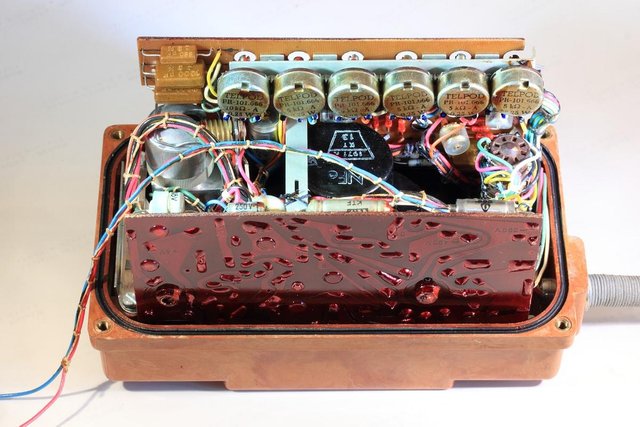
Talking about electronics has been interesting I guess. We've talked about electronic components like resistors, capacitors, diodes, inductors ; how they function, how they look like and so much more
I have to admit that the topic of this series suggests that there will be practicals once in a while but how can we venture into practical if we've not learnt about the components.
Some few posts back, we were able to touch some practical aspect - we learnt how to use the breadboard to implement simple circuit. If you missed it you can check it out using the link (breadboards). If you are interested you could read up my previous posts on this topic using the links below
Introduction to Basic Electronic Components #1
Introduction to Basic Electronic Components #2
Introduction to Basic Electronic Components #3
Introduction to Basic Electronic Components #4
Introduction to Basic Electronic Components #5
Introduction to Basic Electronic Components #6
Expect more practical in subsequent posts but for today let's talk about sensors
The Sensor
What is a sensor?
A sensor is any material that is capable of varying or changing its electrical property with respect to an external disturbance.
As defined a sensor can be any material, what matters is the type of external disturbance it responds to. Some devices may respond to heat, others to light and yet others to touch.
Knowing this material is important, and converting this external disturbance to electrical signals is more important. Still yet, knowing how to apply this electrical response is even more important.
Through out this post we will look at several types of electronic sensors and how we can apply them. So stay tuned as we explore the world of sensors
Different Types of Sensors
1. Light Sensors
We use light sensors in some of our security alarm systems and we don't know it.
Remember the last time a burglar broke into your house and your security alarm started beeping. Did you ever care to know how it worked?
What if I told you light sensors were used. Am not saying all security alarm systems use light sensors, probably yours could be using a different kind of sensor.
What am saying is we could design a security alarm system using light sensors. We would design it in such a way that if an intruder was trying to break in and he cast his shadow on the sensor it would start beeping. Alerting you of the intruder.
An example of a light sensor is the LDR (Light Dependent Resistor). An LDR would change its resistance depending on the amount of light it receives.
It reduces its resistance with increase in light exposure and increases its resistance with decrease in light exposure. It can have a resistance range of 300Ω - 300KΩ, it could be as high as the mega ohms this actually depends on the LDR. It's image and symbol is as shown below.
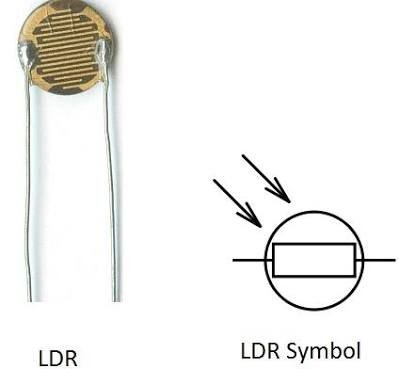
Other type of light sensors include: photoelectric devices like photodiodes etc. Can you think of any other area of application of light sensors?
2. Temperature Sensor
Temperature sensor as the name suggests, changes its property with the degree of temperature.
An application of a temperature sensors is in our electronic thermometer. Am sure you know how it works. You place the thermometer in your mouth, in the armpit, yuck? or any area. And then wait for some time bring out the thermometer and check the readings. And then you know if you're sick or not.
Another application of temperature sensors are in those new and modern air conditioners. Depending on how hot or cold the room is, the air conditioner reduces or increases the cool air flow in the room.
An example of a temperature sensor is the thermistor. A thermistor changes its resistance with temperature. When the temperature is high its resistance reduces while when the temperature is low its resistance increases. The image or symbol of a thermistor is shown below
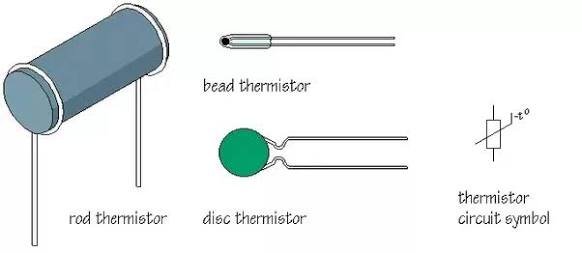
Another example of temperature sensor is the thermocouple . Can you guess another application a temperature sensor?
3. Pressure Sensors.
Pressure sensors change their properties with the application of pressure.
A pressure sensor could be used to determine the depth of water. From simple physics we know that pressure has a relationship with the depth of water. So we could put pressure sensors in ships.
Whenever the ship wrecks in the sea and sinks we could detect how deep it is in the sea by determining the level of pressure on the sensor.
Well this information would need to be transmitted to the base or harbour in the case of wreck but that's the simple part. What's important is having a sensor that can detect this.
Some capacitors could be used as pressure sensors, they change their capacitance with the amount of pressure applied on them. By varying the pressure on the capacitor we vary the distance between the plates and this affects the capacitance of the capacitor.
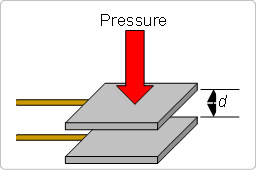
4. Metal sensors
A metal sensor changes its internal properties when influenced by a metal.
An application of a metal sensor is in the metal detectors we see at security check points at our offices or even at the airport.It would beep once or continually if a person were to use a metal to pass through it. OR we could use them to hunt for treasure underground, that is, if the treasure you are hunting for is metal.
An inductor could be used as metal sensor. As current passes through the inductor a magnetic field is generated. If a metal is brought close to this field it alters the field. This change can be detected and linked to a buzzer which produces sound indicating the presence of a metal.
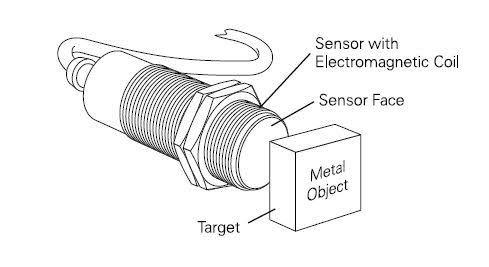
5. Water Sensors
Water sensors detect the presence of water.
I don't know of any single electronic component that can be used as a water sensor. If you know of any just indicate in the comments below, but I know that a water sensor circuit can be designed.
An open circuit could serve as a water sensor. When it comes in contact with water the circuit becomes complete this is because water offers low resistance to current flow. This circuit can be connected to a buzzer.
In the case when it comes in contact with water the circuit becomes complete and currents flow through and the buzzer beeps.
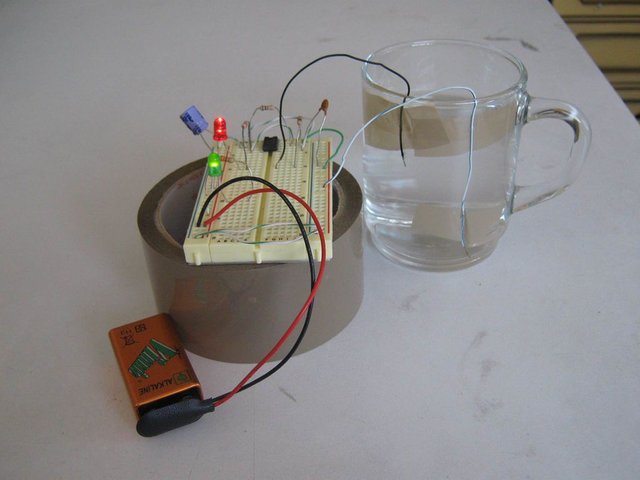
This circuit could be designed to connect using water and whenever there is no water it could turn on a device. Sprinklers use this, whenever the moisture content in the soil is low or dry it turns on the sprinkler.
Sensors are not limited to those listed above. So many electronic components exist which could be used as sensors. Circuits could also be designed to serve as sensors.
Any device could be used as a sensor if one knows how it changes to external disturbance.
This is it for now. I hope you enjoyed it. Until next time
Reference:
Image Credit:
- Image 1 from pixabay.com
- Image 2 from Science HQ
- Image 3 from Quora
- Image 4 from Tactile Sensor Solutions
- Image 5from Genius Devils
- Image 6 from instructables.com

Nicely discussed!!
Thanks
@originalworks
The @OriginalWorks bot has determined this post by @kenadis to be original material and upvoted it!
To call @OriginalWorks, simply reply to any post with @originalworks or !originalworks in your message!
Congratulations @kenadis! You have completed some achievement on Steemit and have been rewarded with new badge(s) :
Click on any badge to view your own Board of Honor on SteemitBoard.
For more information about SteemitBoard, click here
If you no longer want to receive notifications, reply to this comment with the word
STOP